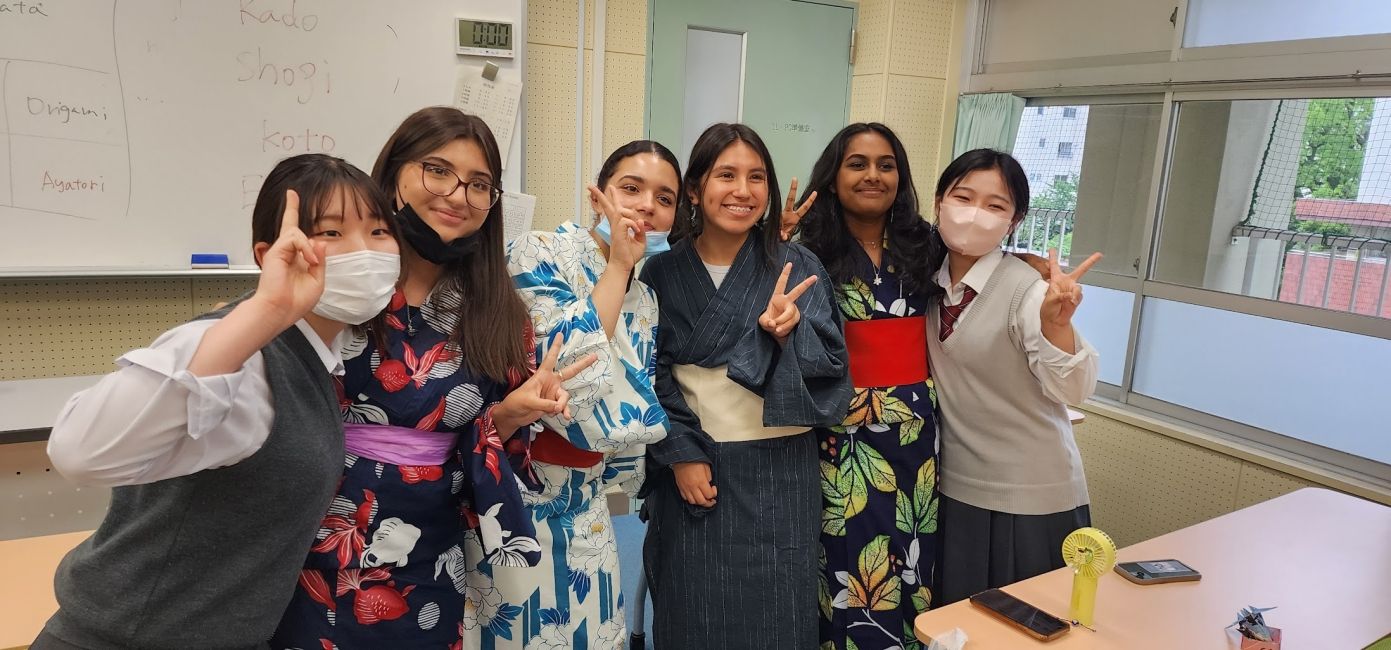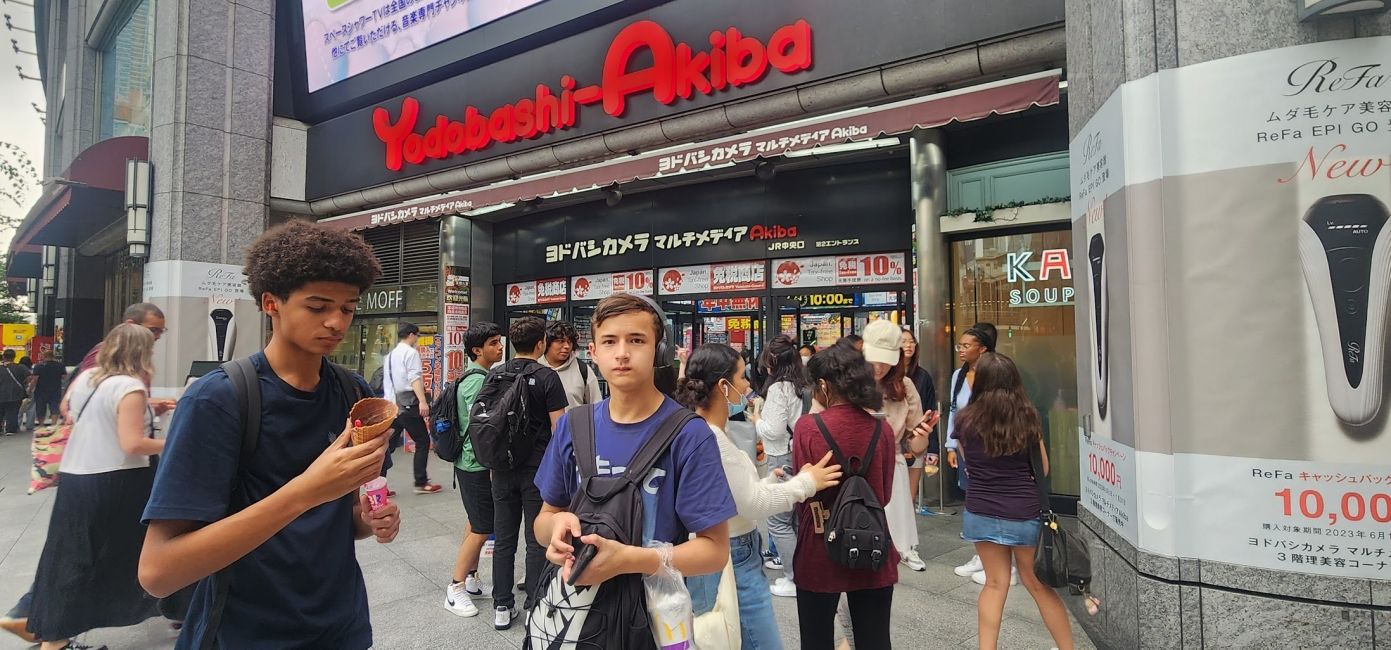Tokyo: A Balance Between the Cultural Past and the Technological Future
For the past 150 years, Japan's international identity has been a metronome of historical tradition and a desire to be a beacon of modern society. After the Meiji Restoration, followed by the Iwakura Mission in 1873, the country has perpetually advanced itself in industry, politics, and education while treasuring the customs that were at the core of its culture for centuries. To a CIEE Global Navigator this dichotomy can come across as a striking juxtaposition. How does an isolated capital at the edge of an ocean become the biggest city in the modern world while still retaining its unique heritage? Daily life makes it obvious.
While the prolific expansion of western franchises has scattered McDonalds, Starbucks, and even TGI Friday's across the city, Tokyo clings to its culinary roots with seemingly endless stalls and storefronts serving quaint bowls of soba, udon, and ramen. The smell of yakitori and other grilled meat wafts through open-air markets selling electronics, enticing shoppers with tabe-aruki ("eating while waking"). Iconic dishes like sushi may be handed to you by the chef or delivered to your table by a robot. Even in the late hours of a hot summer night, conbinis (convenience stores) offer fried chicken alongside bentos of cold zaru soba noodles. Students have even discovered that modern delivery services can bring them nearly any dish in the city.
Though often viewed in America as an antiquated form of transportation, the train system in Tokyo is so vast, efficient, and affordable that approximately 80% of the population rides it. It's said that train arrival times are so accurate you could set your watch to them- which makes taking the train a reliable commute. Students are able to use map applications to find the most efficient route from their homestays to school, all with exact details about which station, platform, line, and even train car they should ride in for the fastest exit. Even the cost of the trip is calculated and displayed, letting students know when they should reload their Suica cards so they can tap and ride instantly without interruption on train lines that are 150 years old.
This is just the beginning for these Global Navigators as Japan offers countless opportunities to experience such a contrasting lifestyle. They could take a Shinkansen bullet train to one of the oldest onsens in the world, eat tacos after seeing samurai armor inside the Tokyo National Museum, see a baseball game with Pikachu, or practice Taiko at an arcade.
Japan offers nearly anything. The future is up to them.
Related Posts
How I Made $2,000 Referring Other Students on Summer Abroad Programs
Read this blog from one of our past Global Ambassadors and find out how she was able to earn rewards with CIEE and encourage other students to study abroad!
Host Family Weekend
On the final weekend in Japan, students spent time with their host family. This weekend, host families prepared activities for students. Some students learned how to make Japanese food from... keep reading
Discovering Aizome- Japanese Indigo Dyeing
Tokyo Language and Culture students experienced a lesson in traditional Japanese indigo dyeing at Some no Sato, a dyeing shop that was established over 100 years ago in Ochiai, Shinjuku... keep reading













